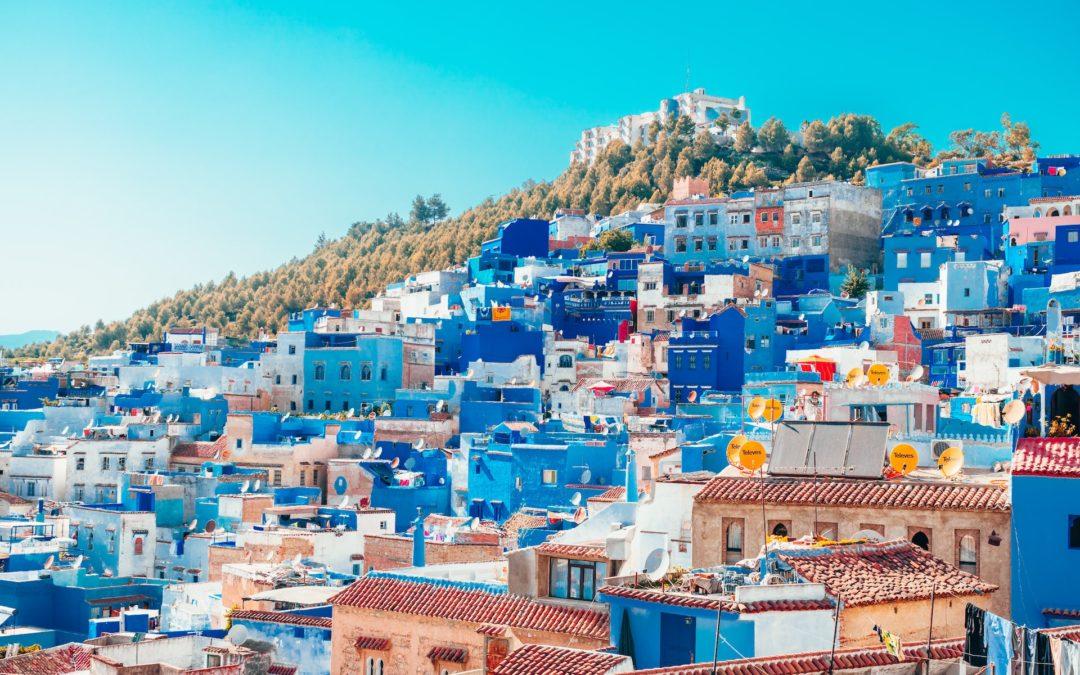The country of Morocco is situated in North Africa and has a rich culture and abundant natural resources. Its economy is a mix of businesses that generate income from various sources. However, determining whether Morocco is a wealthy country is not easy. In this article, we will explore facets of Morocco’s economy, analyzing its advantages, disadvantages, and socioeconomic indicators to gain insights into the country’s status.
Is Morocco a Rich Country?
Morocco is classified as a middle-income country with a diverse economy that has experienced significant growth and development in recent years. However, whether Morocco is considered a “rich” country or not depends on the criteria and perspective from which you evaluate its wealth.
Economic Indicators: When assessing a country’s wealth, it’s common to look at economic indicators such as Gross Domestic Product (GDP) per capita. Morocco’s GDP per capita has been steadily increasing, but it is still below the global average. As of my last knowledge update in September 2021, it was around $3,000 to $3,500 USD per capita annually. This places Morocco in the category of a middle-income country.
Income Inequality: While Morocco has made significant progress in reducing poverty rates, income inequality remains a challenge. A considerable portion of the population still faces income disparities, with a substantial wealth gap between urban and rural areas. This disparity might lead to different perceptions of wealth within the country.
Economic Diversity: Morocco’s economy is diversified, with sectors like agriculture, mining, manufacturing, and services contributing to its GDP. Key industries include tourism, phosphate mining, textiles, and agriculture. The diversification of the economy is a positive aspect, but it also means that wealth is distributed unevenly among different sectors.
Social Indicators: Wealth can also be measured by looking at social indicators such as access to education, healthcare, and overall living standards. Morocco has made improvements in these areas, but challenges still exist, especially in remote and underserved regions.
Regional Disparities: It’s essential to note that wealth distribution can vary significantly within Morocco. Urban centers like Casablanca and Rabat are wealthier than rural areas in the Atlas Mountains or the Sahara Desert. This regional disparity can impact perceptions of wealth.
Foreign Investment: Morocco has actively sought foreign investment and trade agreements, which have boosted its economy. The country’s strategic location as a gateway to Africa and Europe has attracted foreign investors, positively impacting its economic growth.
In summary, Morocco is not considered a “rich” country in the traditional sense, as its GDP per capita is below the global average. However, it is important to consider the broader context, including improvements in living standards, infrastructure development, and the country’s efforts to diversify its economy. Morocco’s wealth is distributed unevenly, and regional disparities persist. Therefore, whether Morocco is considered “rich” can vary depending on the criteria and perspective from which it is assessed.
What Rank is Morocco in the World Economy?
Morocco’s government implemented economic reforms and growth strategies to boost its economy. These strategies aim to boost company spending, exports, and economic diversity. Implementing these initiatives has greatly improved economic growth and the region’s economy. Remember that Morocco’s economy is continually evolving when studying it. Most reliable and up-to-date GDP data on Morocco comes from renowned foreign organizations like the World Bank, the IMF, or official Moroccan government sources. These sites provide accurate economic data on Morocco and might help you make decisions. The World Bank predicts Morocco’s 2022 GDP to be 134,181,587.77 USD, which is a lot. Economic output of the country is this number. It displays the country’s financial health and global standing.
Morocco’s per capita income is lower than other wealthy nations. In recent years, revenue has been $3,000–$3,500. This means the nation’s economy is strong but individual income may not be as high as in wealthy countries. The country had the 60th largest economy, according to Worlddata.info.
Economic Diversification
Industry expansion has been crucial to Morocco’s economic diversification. The country has invested in textiles, vehicles, and space to attract foreign investment and boost exports. Morocco seeks to increase employment and productivity by boosting its industrial skills.
Moroccan tourism is another key economic diversifier. The country’s culture, historic attractions, and gorgeous scenery are attracting more foreigners. The government has invested in infrastructure, hospitality, and marketing to capitalize on tourism’s high revenue.
Morocco wants green energy and traditional businesses. Because the country wants to employ solar and wind energy, large-scale green energy projects have been created. These programs promote innovative technology, jobs, and Morocco’s role in the worldwide fight against climate change. The Moroccan government also prioritizes agriculture. Morocco has increased crop yields and diversified its exports of fruits, vegetables, and olives by investing in advanced farming methods, irrigation systems, and agricultural research.
Strategic IT and telecom investments have also helped diversify the economy. More digital businesses, innovation centers, and e-commerce sites have made the country more tech-driven. Morocco offers business-friendly regulations and perks to attract international investment and make it a favorable area to do business. International investors seeking for new business prospects in the region have noticed the government’s efforts to simplify bureaucratic processes and make business easier. Morocco’s diversification goal includes promoting SMEs. Supporting local and innovative enterprises has increased jobs and innovation across the economy.
Challenges and Inequality
Morocco is growing and diversifying its economy, but it faces various difficulties that affect wealth distribution. Urban and rural areas have large income gaps. Most wealth is in cities, whereas rural people live in poverty and lack essential services.
Unemployment is also a big concern. Many young Moroccans have trouble finding stable employment opportunities that pay well. This is a major challenge. High unemployment rates make social and economic differences worse and slow down economic growth. As of March 2023, Morocco’s unemployment rate is still at 12.90%.
Human Development and Social Indicators
Human progress and economic wealth are not always linked. Human Development Index (HDI), which measures health, education, and wealth, is a key indicator of Morocco’s overall performance. Morocco’s HDI was 122 in 2023, indicating that healthcare, education, and living standards need improvement.
The HDI ranks Morocco as “medium” in human development. Based on a UNDP report. The HDI ranges from “very high” to “low” human development.
- HDI Value: Morocco’s HDI has been slowly going up over the years, which shows that many social and economic indicators are getting better. The most recent Human Development Reports data, from 2021, shows that Morocco’s HDI was 0.683, which put it at 123 out of 191 countries.
- HDI Components: The HDI is based on health, education, and living standards, which are crucial to human growth. Life expectancy at birth, average and expected school years, and GNI per capita measure these things.
- Life Expectancy: An important part of the HDI is life expectancy at birth. As of 2023, the average life expectancy in Morocco was about 77.43 years. This was up from 77.21 in 2022, which shows that health care and living situations have gotten better.
- Education: The HDI evaluates both the mean and predicted years of schooling (the average number of years 25-year-olds have had) and the number of years a child starting school can expect to have assuming current enrollment trends continue. This indicates that Morocco is improving education.
Government Efforts and Reforms
The Moroccan government has pursued reforms and development plans to solve its difficulties. The early 2000s Vision 2020 plan sought sustainable economic growth, poverty reduction, and social improvement.
- The government has prioritized infrastructure, international investment, and tourism. Small and medium-sized businesses (SMEs) are being supported to create jobs and boost the economy.
- An area that has garnered attention is economic development. The government has taken initiatives to reduce reliance on established industries, promote new industries, attract foreign investment, and stimulate entrepreneurship.
- To address social and economic issues, the Moroccan government has implemented many social improvements. These strategies aim to improve living standards and alleviate poverty through schooling, health care, and social safety net reforms.
- Morocco’s aim to restructure its economy prioritizes promoting clean energy sources. The government plans to employ more solar and wind power to reduce its carbon footprint and become more energy independent.
- The Moroccan government has worked hard to digitize the country in recent years. The country seeks to capitalize on the digital economy’s potential to boost innovation and competitiveness by investing in IT and telecommunications infrastructure.
- Infrastructure initiatives led by the government have contributed significantly to Morocco’s growth. These projects have grown the country and region’s economy and connected it through modernizing transportation networks, developing more port facilities, and investing in green energy.
- Efforts to combat corruption and improve governance have been on the agenda as well. The Moroccan government has implemented anti-corruption measures and initiated judicial reforms to ensure transparency, accountability, and the rule of law.
- The government has also recognized the significance of sustainable agriculture and rural development. By investing in irrigation systems, agricultural research, and supporting farmers, Morocco aims to improve food security and create a more resilient agricultural sector.
- Morocco’s dedication to education and human capital development is seen in attempts to enhance school quality and offer vocational training. By training talented workers, the government hopes to satisfy the demands of a changing employment market and foster innovation.
- The Moroccan government prioritizes regional development and decentralization to reduce inequities and promote inclusive growth. The government promotes balanced regional development by empowering local administrations and investing in infrastructure outside large cities.
Tourism and Foreign Investment
Morocco’s economy relies on tourism. Millions of tourists visit the country each year to see its history, culture, and scenery. Strategic location, stable governance, and investment-friendly regulations attract foreign direct investment (FDI).
Foreign investment has increased in renewable energy, vehicles, and textiles. These investments have grown Morocco’s economy and created jobs, enhancing its business-friendly reputation.
Tourism in Morocco
- Popular Tourist Destination: Morocco is a popular tourist destination known for its historic cities, vibrant markets (souks), stunning landscapes (such as the Sahara Desert and the Atlas Mountains), and beautiful coastal areas.
- Cultural Attractions: The country’s rich history and cultural heritage, influenced by Arab, Berber, and European civilizations, make it a captivating destination for travelers seeking unique experiences.
- Marrakech and Fes: The cities of Marrakech and Fes are among the top tourist destinations in Morocco. They are famous for their well-preserved medieval architecture, bustling medinas, and historical sites.
- Coastal Tourism: Coastal cities like Casablanca, Agadir, and Essaouira attract tourists looking for beach holidays and water sports activities.
- Desert Tourism: The Sahara Desert offers opportunities for desert excursions, camel treks, and camping under the stars, which are popular experiences for many tourists.
Foreign Investment in Morocco
- Strategic Location: Morocco’s geographical location makes it a gateway between Europe and Africa, making it an attractive location for foreign investors looking to access markets on both continents.
- Stable Economy: The Moroccan government has implemented economic reforms to create a favorable business environment and attract foreign investment. The country’s stable economic and political climate is seen as a positive factor for investors.
- Key Sectors: Foreign investment has been significant in sectors such as automotive manufacturing, aerospace, textiles, agribusiness, renewable energy, and tourism-related infrastructure.
- Free Trade Agreements: Morocco has signed several free trade agreements, which give it access to regional and foreign markets and make it more attractive as a place to make and sell products.
- Investment Incentives: The Moroccan government offers various incentives and tax breaks to foreign investors, including exemption from corporate taxes and customs duties for specific projects.
- Industrial Zones: The development of industrial zones and special economic zones across the country has facilitated foreign direct investment and industrial growth.
Morocco’s growth and progress are proven by the government’s hard work and reform commitment. The country is pursuing economic diversification, social welfare, clean energy, digital transformation, and political reforms to improve its future. If Morocco continues in this route, it will become a symbol of growth and a model for sustainable development worldwide. Diversifying Morocco’s economy will help it grow for everyone. Morocco is building a more stable and competitive economy on the world stage by investing in new businesses. As the country remains open to innovation and reforms, it becomes a desirable destination for businesses and a model for other countries looking to diversify their economies. Through targeted legislation, workforce development programs, and education investments, the nation hopes to empower its youth to drive economic transformation.
If you want to learn more about whether Morocco is a wealthy country, watch this film in which you will find many interesting facts about Morocco’s wealth and economy.
Read also: Discover Morocco: Culture, Travel & Economy
The Most Popular on BitGlint
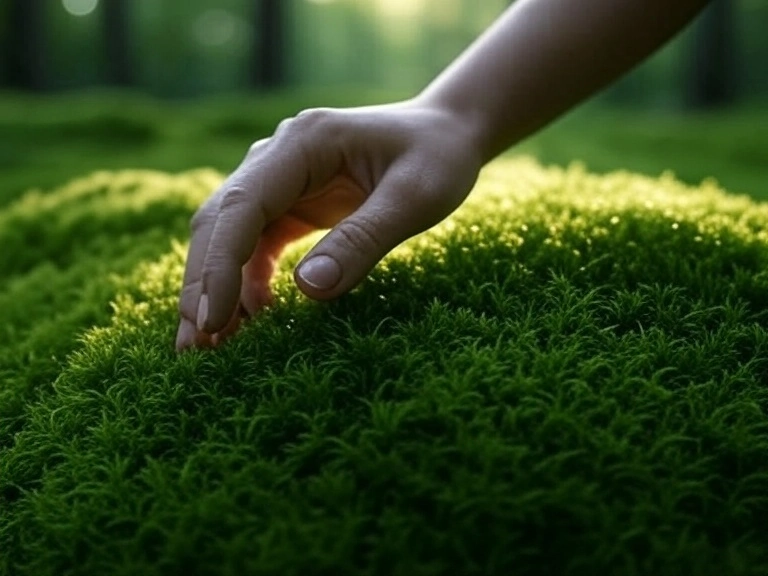
30 Nature Worship Examples & Meaning
Nature has always mattered to people. Long before modern religions, people looked to the sky, the land, and the...
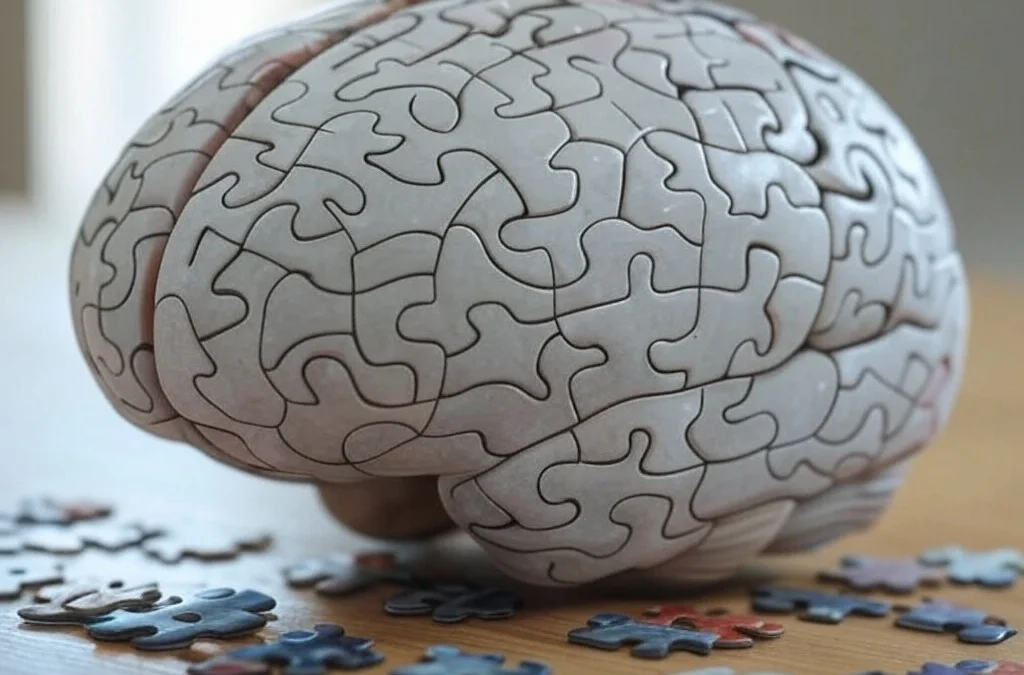
Top 30 Synergy Examples in Different Fields & Definition
Synergy represents one of the most powerful concepts across numerous fields - from business and science to...
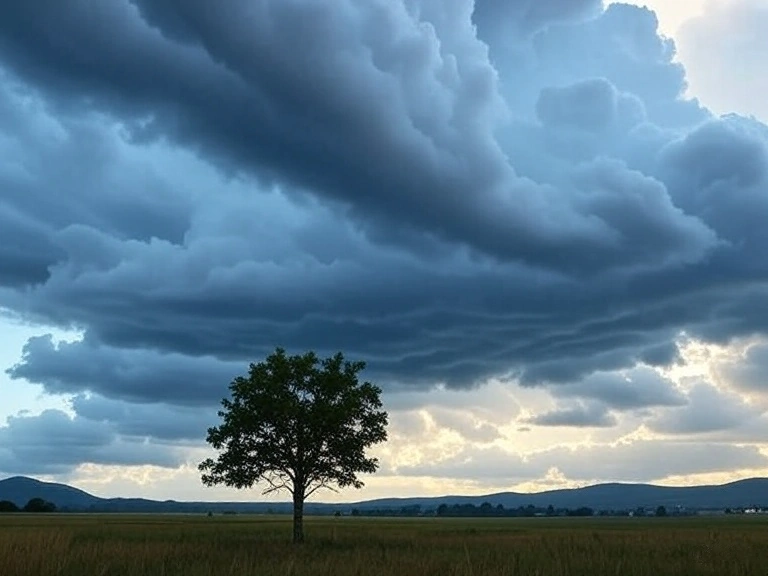
30 Doubt Examples & Meaning
Everyone experiences doubt. It can show up in small everyday choices or big life decisions. Sometimes it’s a quiet...

40 Emotional Value Examples & Meaning
Why do some messages stick — while others are forgotten? Why do people choose one brand over another, even when the...
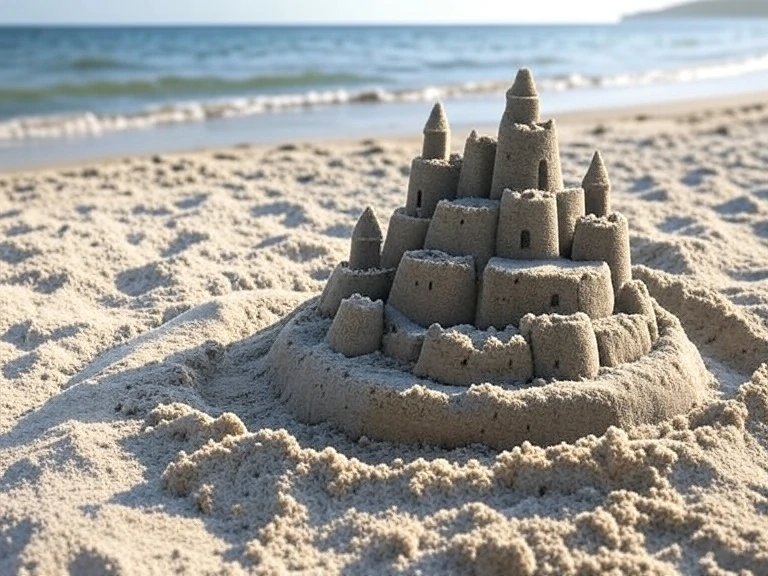
100 Temporary Things Examples & Meaning
What does it mean when something is temporary? We use the word often, but many people don’t stop to think about it. In...
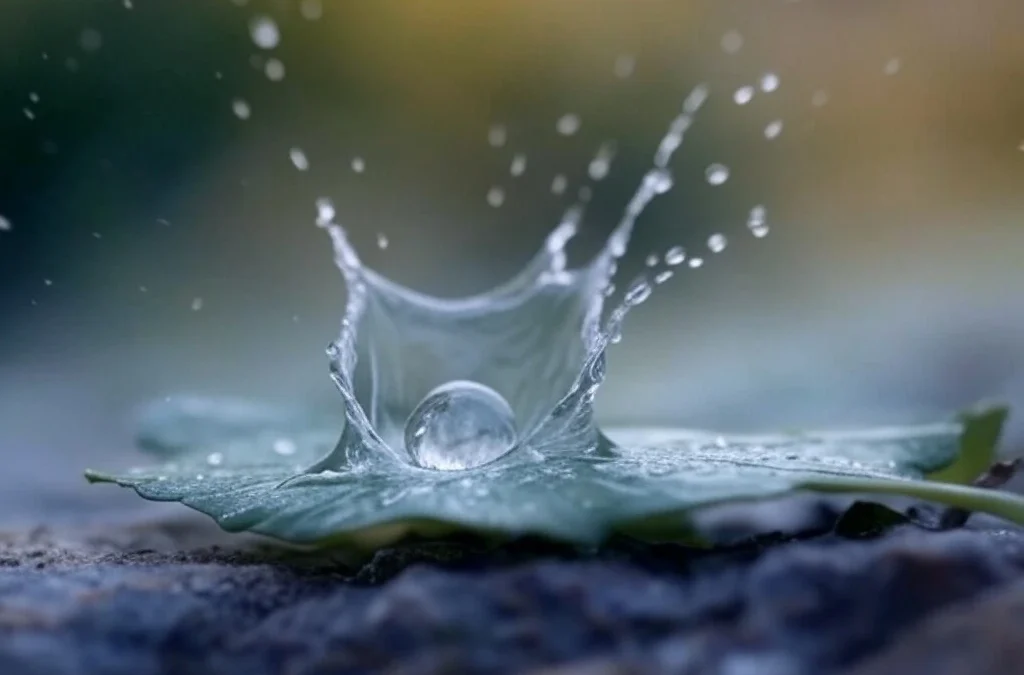
100 Things That Are Short
Not everything in life is big or long-lasting. Some things are small. Some things pass quickly. People notice short...

100+ Things That Are Cold
Cold is something most people understand the moment they feel it. You step outside on a freezing morning. You grab a...
Get Inspired with BitGlint

